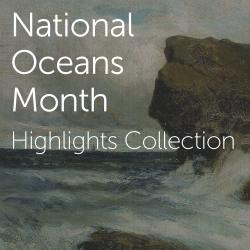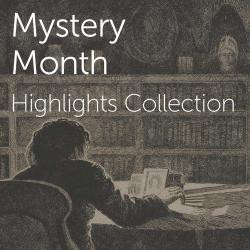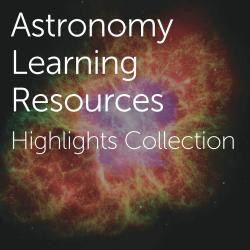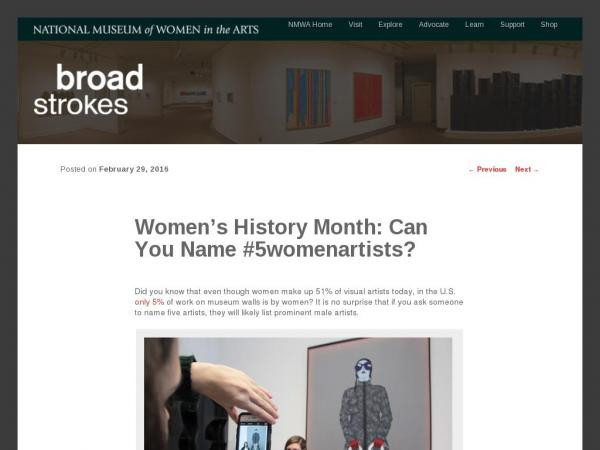Ashley Naranjo
Ashley Naranjo, M.Ed. is a museum educator, specializing in the use of digital resources for teaching and learning. She currently manages distance learning initiatives and education partnerships for the Smithsonian. Portfolio highlights have included: the Smithsonian Quests digital badging program, Smithsonian Online Education Conferences, Smithsonian Learning Lab nationwide teacher professional development, Teachers of the Year programming at the Smithsonian, “Explore with Smithsonian Experts” video series, and Smithsonian print publication guides.
Before coming to the Smithsonian, she has had experiences in education in both formal and informal learning spaces: as an ESOL instructor for adults, a middle school teacher in the humanities and a summer programs administrator. She holds a B.A. in Human Development (Developmental Psychology) from the Lynch School of Education at Boston College, where she was a research assistant and independent study student in the Laboratory of Thinking, Learning & Cognition in the Arts. She completed a M.Ed. in Learning Design and Technology from the Rossier School of Education at the University of Southern California, with a thesis entitled, “Using Digital Museum Resources in the Classroom”. She is a 2019 graduate of the Getty Leadership Institute’s NextGen of Museum Leaders program.
Ashley Naranjo's collections
World War I Stamps
 Ashley Naranjo
Ashley Naranjo
Second Opinion: Forging the Future – Smithsonian Resources
 Ashley Naranjo
Ashley Naranjo
Highlights Collection: National Oceans Month (June) Learning Resources
 Ashley Naranjo
Ashley Naranjo
Practice Telling Time
 Ashley Naranjo
Ashley Naranjo
Analysis of an Artwork by Maya Lin
 Ashley Naranjo
Ashley Naranjo
Jazz Resources for Preschool Students
 Ashley Naranjo
Ashley Naranjo
Looking at "America's Presidents": Four Presidents through Portraiture
 Ashley Naranjo
Ashley Naranjo
The Four Freedoms
 Ashley Naranjo
Ashley Naranjo
See Think Wonder: Exploring an Artwork, "Men of Progress"
 Ashley Naranjo
Ashley Naranjo
What Makes You Say That?: Interpretation with Justification Routine with a Poster
 Ashley Naranjo
Ashley Naranjo
International Picnic Day- June 18
 Ashley Naranjo
Ashley Naranjo










